With dark green leaves rich in calcium, Komatsuna or Japanese mustard spinach are highly nutritious leafy greens. Use them in stir-fries, Japanese pickles, blanch, or add to soups and salads.
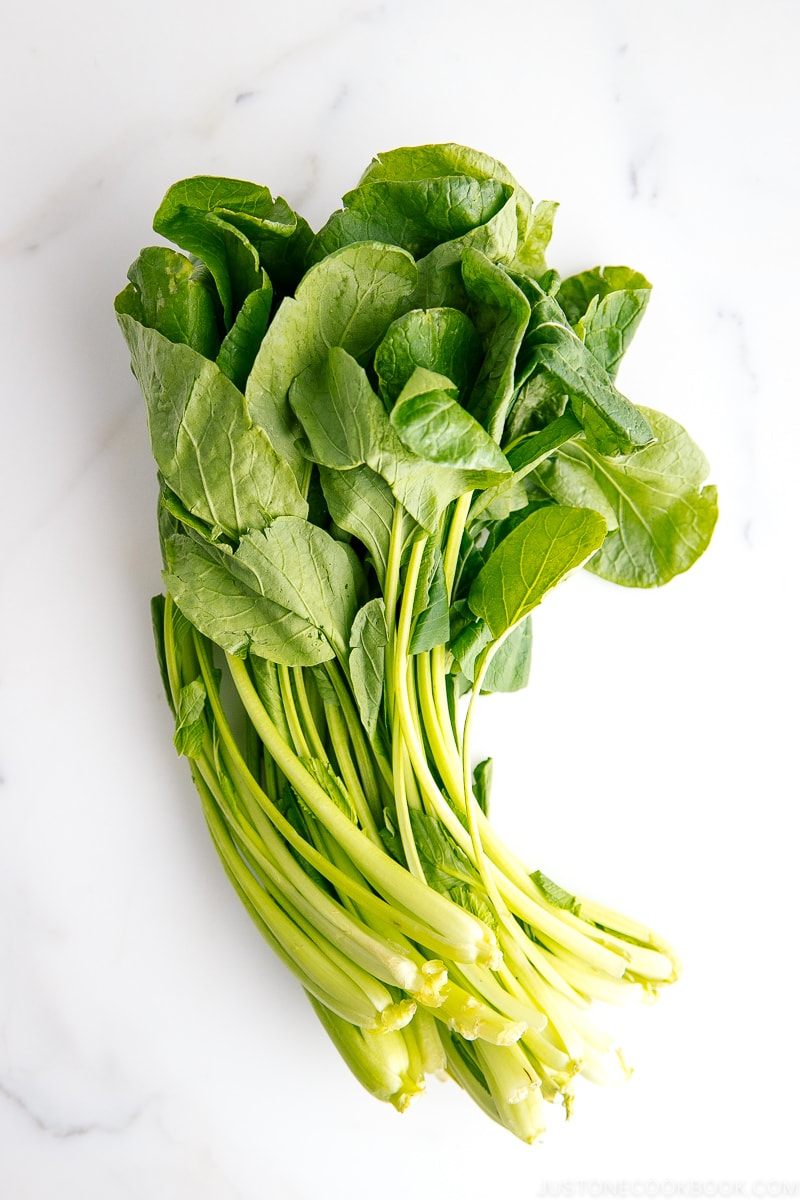
Komatsuna (小松菜), or Japanese mustard spinach, is a leafy vegetable. The tender leaves and stems can be eaten raw or cooked. It is grown almost exclusively in Japan, Taiwan, and South Korea. Other names include tendergreen and cai chua.
What Is Komatsuna
Komatsuna (Brassica rapa var. perviridis) is a leafy green and is long-known as a superfood in Japan. This calcium-rich vegetable is stir-fried, pickled, boiled, and added to soups or used fresh in salads.
Komatsuna gets its name from the Komatsugawa (小松川) district, which includes current-day Edogawa, Katsushika, and Adachi wards. Tokyo was the second-largest regional producer of komatsuna in 2004.
The leaves resemble spoons and can be eaten as microgreens, young or mature. It’s available year-round, with peak season in fall through early spring.
What Does It Taste Like
The leafy green is slightly sweet with a mild mustard bite. Larger leaves have a more robust mustard finish and a firm, fibrous texture.
How To Use
Wash the leaves to remove sand and dirt, and trim the stems. Pat dry and use it in your cooking.
Recipes Using Komatsuna
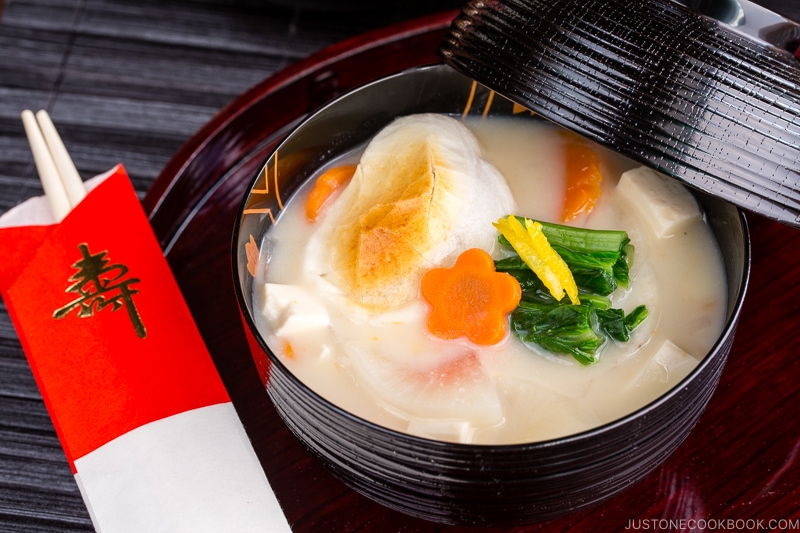
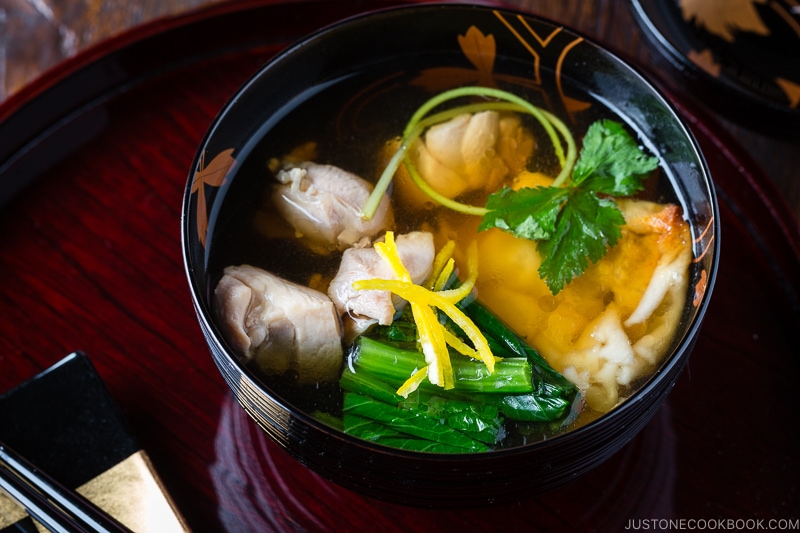
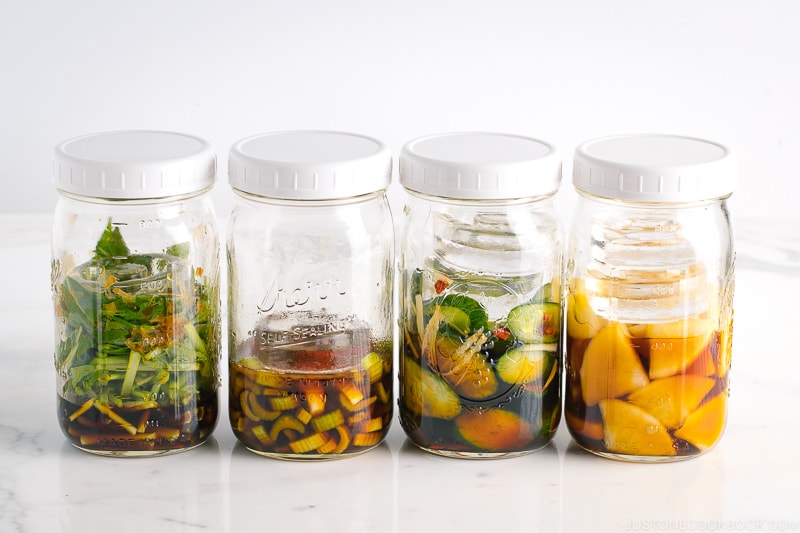
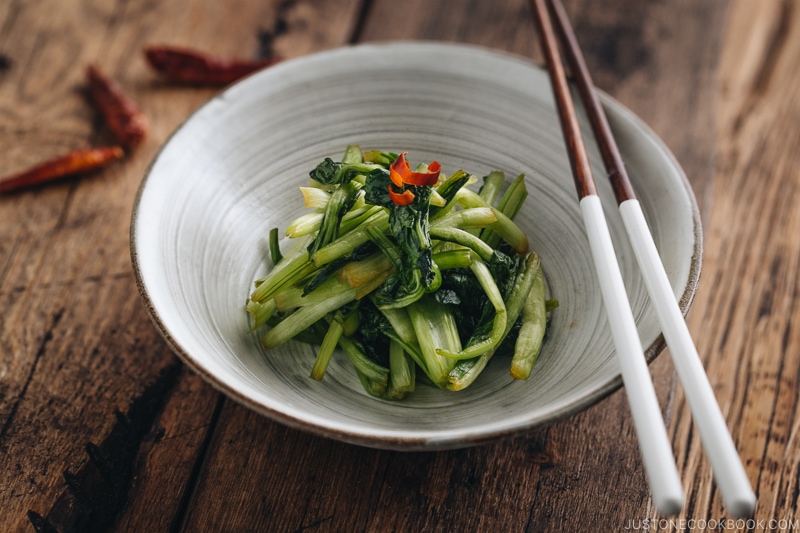
Where To Buy
Find it at Asian and Japanese grocery stores and your local farmers’ market (depending on the area).
If you have a green thumb, you can grow it in your garden! Buy komatsuna seeds from this company online. It’s a fast-growing vegetable and is very hardy and tolerant of cold climates.
How To Choose The Best
Look for fresh greens with bright, crispy, dark green leaves. Avoid wilt, spotted, or discolored leaves.
Substitutes
Depending on the dish, you can replace it with the following mild Japanese/Asian vegetables.
- Mizuna
- Spinach
- Bok choy/pak choi
- Tatsoi
- Napa cabbage
- Daikon leaves
Health Benefits
Komatsuna is rich in flavor and has impressive nutritional properties. The leaves are high in beta carotene, vitamins A, C, and K, folic acid, potassium, magnesium, iron, and dietary fiber. It has three times the amount of calcium compared to spinach.
Its health benefits include
- Strengthening bones
- Boosting the immune system
- Helping control cholesterol levels
- Facilitating smooth bowel movements
- Regulating blood sugar levels
- Delaying signs of skin aging
In addition, komatsuna has a compound called sulforaphane, like other brassica family members. Sulforaphane actively kills cancer stem cells and slows tumor growth.
Wish to learn more about Japanese cooking? Sign up for our free newsletter to receive cooking tips & recipe updates! And stay in touch with me on Facebook, Pinterest, YouTube, and Instagram.

